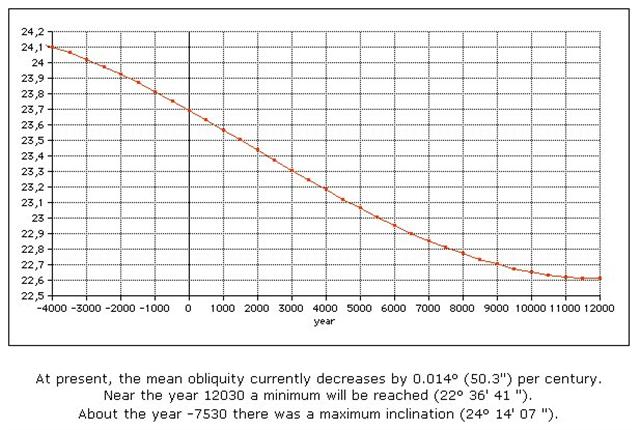I have to let go now of these notions (GD26, string games, fingers etc). I cannot 'pin them down' for the moment. They are too complex and carry too much implications. I must proceed instead of focusing on all these beautiful pieces of the puzzle. One thing, though: The ajagaq bone up in the air resembles henua, a season. This bone has holes in it, perhaps more than the two holes in GD24, but there is a similarity here. A stick should be inserted into one of these holes and for me this sounds like when you put a stick in the center of your tent to push it up. In GD25 we can see two bent 'bones', and I have discussed a somewhat similar pattern in GD71. I now believe that the 'Tagaroa' glyph (GD26) is modelled with the same ideas in mind. The big open 'mouth' might represent the season when the sun is at its highest, that part of the circle of the year which lies at the bottom. The tail seems to be located at summer solstice (south of the equator). Easter Island is located at a southern latitude about 27o , whereas the tropic of Capricorn at present is located about 23,5o. From Internet I 'borrow' this interesting diagram:
The bottom part of GD26 possibly then represents south, as the sun is reaching summer solstice in that direction. North would be upwards, east to the right and west to the left. We have a hypothesis here for the cardinal directions as represented on the 'map of rongorongo'. Coordinating the ideas above with GD43 implies that we still may interpret that type of glyph as autumn equinox: The rest of the year (4 months?) is seen together with a sort of 'stem' upwards, which could represent winter solstice (or the stick at the north pole). |

